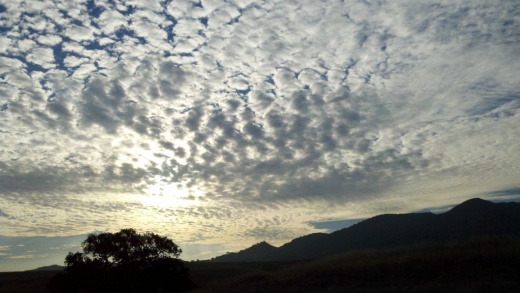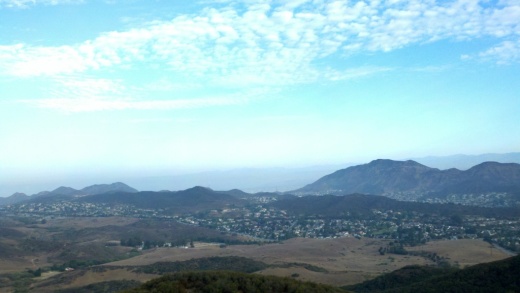How Are Tropical Storms Named?
/With all of the terrible news stemming from tropical storm Harvey in Texas and now Irma in Florida, there's been banter in my household regarding where these names came from, who names them, why we name storms, and so on.
The World Meteorological Organization (WMO) maintains lists of names used for each of ten different tropical cyclone basins around the world. There is an international committee that maintains lists of names in each basin. Each region has its own set of naming rules.
When are names assigned to storms? Once the storm produces sustained wind speeds of over 33 knots, or 38 miles per hour.
The storms impacting Texas and Florida are in the Caribbean Sea, Gulf of Mexico and North Atlantic basin. The naming convention in this basin has six lists of names that are used in rotation. As such, the 2017 list of names, which started with Arlene and ends with Whitney, will be used again in 2023.
When a storm is particularly deadly or costly, the name is retired. In addition to Katrina in 2005, Sandy in 2012 and Harvey in 2017, a whole host of other names have been "retired" since 1954. Carol, Janet, Audrey, Donna, Agnes, Gloria, Hugo, Keith, Wilma, Felix, Ingrid, Matthew and dozens more names will no longer be used to name a tropical storm. See www.nhc.noaa.gov/aboutnames_history.shtml for more retired names.
The names are alphabetized in the Atlantic basin but do not include names beginning with Q, U, X, Y and Z. Xavier, you're off the hook.
Atlantic tropical storms were originated by the National Hurricane Center starting in 1953. This was subsequently transitioned to the WMO.
From 1953 to 1978, only women's names were used. Men's names were introduced in 1979 and are alternated with women's names (but what about gender-neutral names like Pat - I dunno).
Why are names used? Because it makes it easier to get the word out to the public when a name is used.
How do they come up with the names? It is up to each committee but names are selected that are familiar to those who live in each region.
The 2018 list of cyclone names in the Atlantic region are: Alberto, Beryl, Chris, Debby, Ernesto, Florence, Gordon, Helene, Isaac, Joyce, Kirk, Leslie, Michael, Nadine, Oscar, Patty, Rafael, Sara, Tony, Valerie and William.
Let's look at the Western North Pacific and South China Sea basin naming convention. There, each country contributes names, like Damrey (Cambodia), Fenshen (China), Meari (DPR Korea), Usagi (Japan) and so on.












